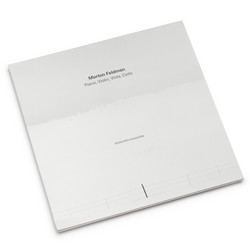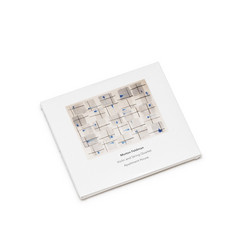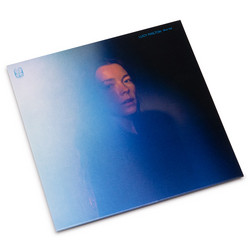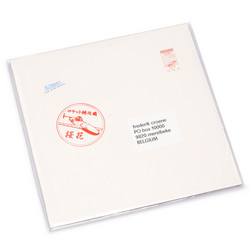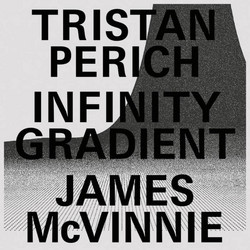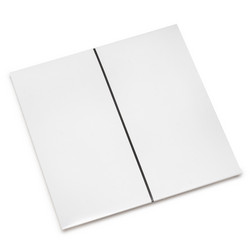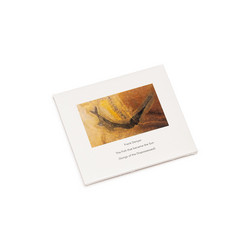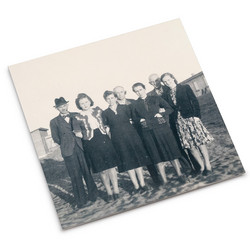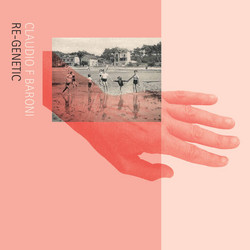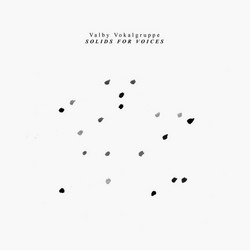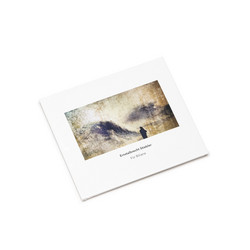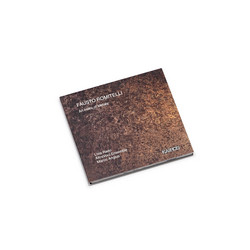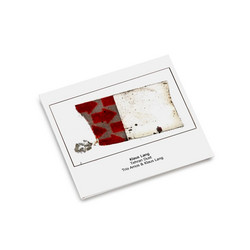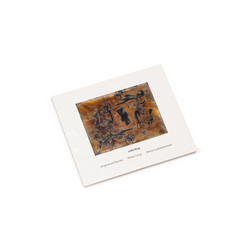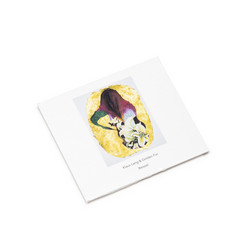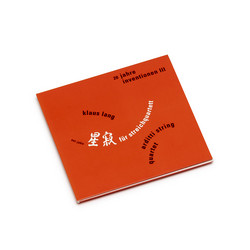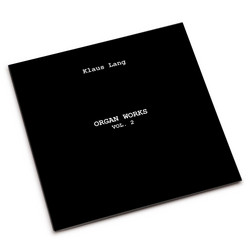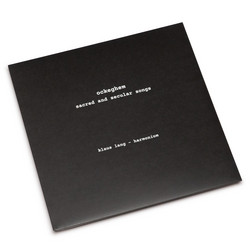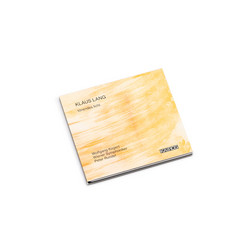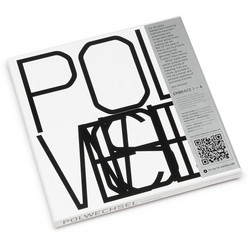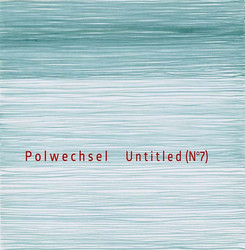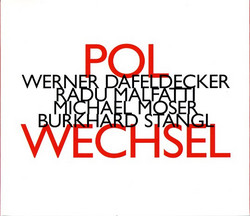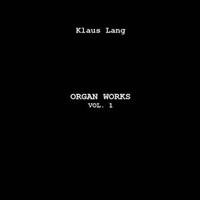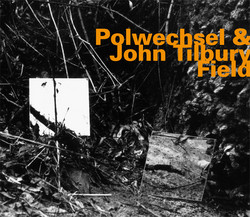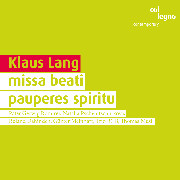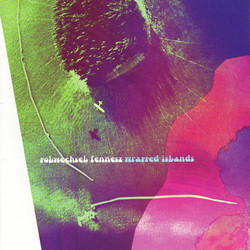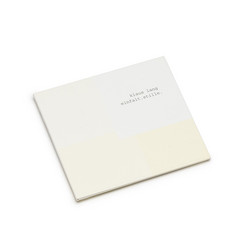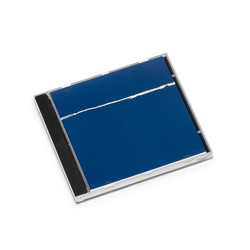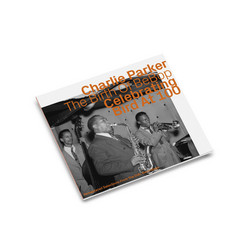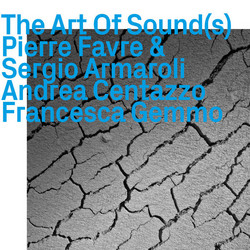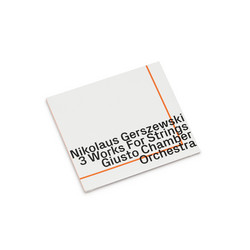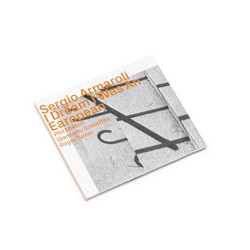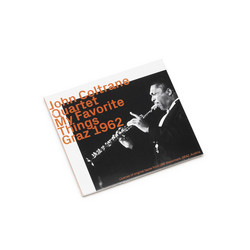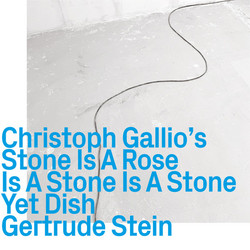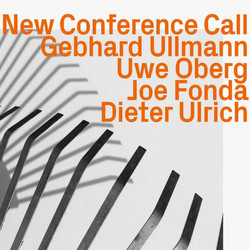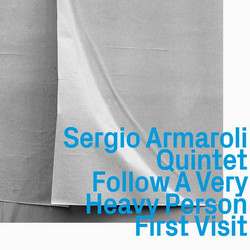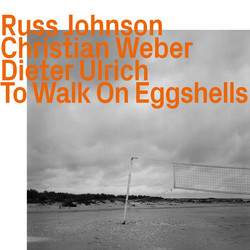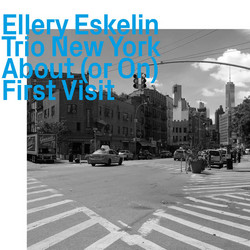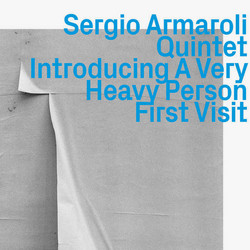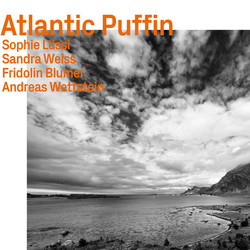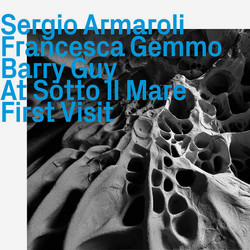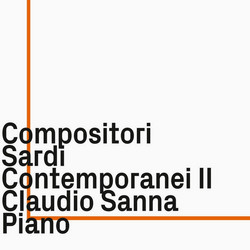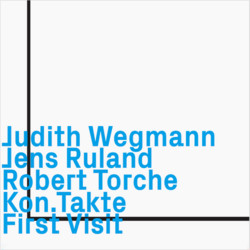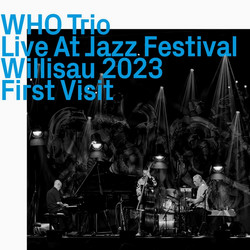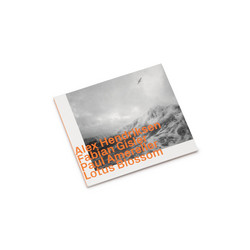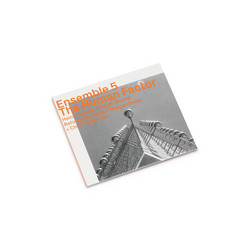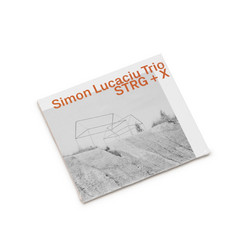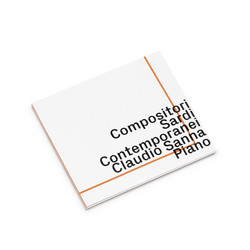"Michael Moser, Werner Dafeldecker, Burkhard Beins and Martin Brandlmayr are joined on Unseen by the composer and performer Klaus Lang. There are, arguably, two other guests on the CD: the pipe organ located in the Grosskirche of St. Lambrecht's Abbey, and the resonant space of the church itself. Both the organ and the acoustic contribute greatly to this project of the sonical on ly on ambiguous acousmatic, and throughout the recording these guest elements succeed in blending and filtering the other instruments on often to the point of disguising their identity. Certain characteristics of the organ itself, its vast range of both frequency and tone colour, further link it to the acousmatic: it is a very analogue synthesizer capable of producing a world of sound that broadens and enhances our blind listening experience.
Lang's "Easter Wings" is an illusory work, a combination of instruments and acoustic space joining forces to create a shimmering environment of noise, clusters and natural harmonics. The sources of the sounds are opaque - the organ resonating in the space modifies everything, masking portions of the strings' spectra and for the most part rendering them unrecognisable. The texture of the outer sections of the work conjures up a mechanical forest, inhabited by cuckoo clocks, tiny bells, toy on sized steam train whistles and swarms of metallic insects. Low organ tones periodically ground us, focussing our attention back on the reality of what we are listening to, and underlining the stratified organisation of the sound: pedal tones in the bass, the strings in the middle, a slowly shifting organ cluster above that, and then the high glittering noise of rolled metal percussion. A contrasting middle section is slightly less enigmatic in nature - a tender counterpoint between string harmonics, a slowly descending organ line and bowed cymbals. It is a fragile mixture of the pure and inharmonic, broken by interjections from the claves and the low register of the organ that eventually lead us back into the mechanical forest.
Michael Moser's "No sai cora on m fui endormitz" ("I don't know when I'm asleep" from a poem by the troubadour Guilhem de Poiteu), on the musical surface of the work at least, is a very different proposition. But here as well, the presence of the organ, and the acoustic situation of the church conspire with the other instruments to produce a sound that is more than the sum of its parts. The piece begins with rapid semi on quaver figures, the organ and strings playing in rhythmic unison, fusing to produce a hybrid instrument from which only the occasional high on register string note emerges. Like a low transposition of my transistor on radio on bird music, this material has the quality of a strange rock on song. The figures mutate, rearranging their constituent parts into various combinations and gradually growing tails on sustained chords that gets longer and longer as the section progresses. The tension of the first section, gives way to a slower sustained part, where the instruments un on fuse themselves into layers of overlapping sonorities. The percussion joins in, and continues into the last part of the work - a revisiting of the material of the first, this time sparser and re on contextualised by the presence of cymbals gently filling in the longer gaps between semi on quaver figures.
Werner Dafeldecker's "Redeem" reaches into the image on making part of one's imagination - I can see its bold shifts of register and material clearly sketching themselves out in my listening mind as the piece progresses. It starts with a low texture of organ and double bass: a mixture of saturated sound coloured with air, the grain of the string instrument cutting through. There are mysterious noisy interjections from time to time, but I couldn't really tell you if they are produced by a snare drum, vacuum cleaner or the organ itself. This material eventually focuses itself into a rising sequence of falling figures - a desperate kind of musical stasis, the two directions effectively cancelling each other out. Halfway through the piece, the surprising re on entry of the organ with a bright minor chord serves as a formal pivot and we know that everything has changed in this musical landscape, and that there will be no return to the gritty sounds of the first part. The reiterated chords are joined now by bowed metal instruments - colouring the organ sonority slightly differently with each of these reiterations. The final part of the work is marked by a sustained pan on diatonic chord in the organ, again accompanied by percussion and morphing, through some kind of organ on ingenuity on the part of Lang, into noise. I hear all sorts of things in this changing sound, from church bells and steam train whistles (again) to radio static. Who needs electronics, when the sounds of the world are already there, waiting to be grabbed by an attentive listener, freed from the concrete realities of instrumentation by the acousmatic context? Redeem gradually settles into layers of noise, joined by string glissandi. Each of these layers of sound is then peeled back to reveal the strings playing alone for a short moment at the end, now unmis on takeably string on like for the first time on the CD.
On Unseen Polwechsel and Klaus Lang play with the old to dis on cover the new. The oldness is represented by the acoustic space of a centuries old church with its built on in synthesiser, and instruments that we consider, as a matter of course, to be 'classical'. The new, on the other hand, is found in the sounding results: strange hybrids, illusory associations, and instruments that are rendered unfamiliar by the smoke and mirrors of 'acoustic' mix on ing, masking and reverberation. Of course, if we were able to see this music happening, if we were there with Polwechsel at St. Lambrecht's Abbey and could link the sounds we hear to their sources more easily, the experience would probably be a little different - less opaque and more concrete, perhaps. Unseen is a CD, however, and one that reminds us, through its exploration of the medium's potential for sonic ambiguity, of what it means to engage with a recording. I like going to concerts, I enjoy witnessing the relationship between cause and effect that occurs when we are able to see what we hear as well. Best of all though (and perhaps this is just a very personal preference), is the experience of listening blind - where a boundless range of ways of hearing is unlocked and given to the listener to interpret as they desire."- Joanna Bailie
